Archaeologists have found a tomb belonging to the first emperor of the Northern Zhou Dynasty, who was deposed just months after ascending the throne.
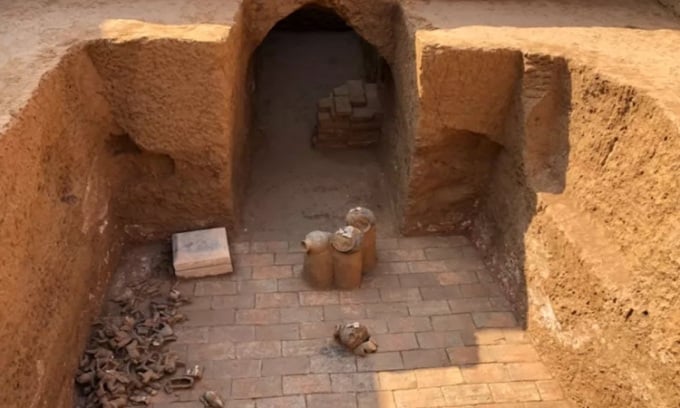
The tomb of Emperor Yuwen Jue shows signs of being looted by tomb robbers. Photo: China Social Science Network
The newly discovered tomb was discovered in Xianyang City in north-central China's Shaanxi Province, the Shaanxi Academy of Archaeology announced on September 26. Researchers said the tomb belonged to the founding emperor of the Northern Zhou Dynasty, which lasted from 557 to 581, based on a stele placed on the east side of the tomb's entrance.
The king, named Vu Van Giac, was born in 542 and died in 557 at the age of 15. When he came to power, he did not use the title "emperor" but called himself "heavenly king". In 557, he was deposed by his cousin Vu Van Ho in a power struggle and assassinated to prevent future trouble.
The king's tomb consists of a chamber measuring more than 56.7 meters from north to south and is led directly into by a moat. The bottom of the tomb is located more than 10 meters below ground level. By Northern Zhou standards, the tomb is of average size. The archaeologists excavated at least 146 burial objects from the tomb. These objects were concentrated in the southeastern part of the tomb and consisted mainly of ceramic statues and porcelain jars. The statues depicted warriors, cavalry, and animals such as pack camels. There is evidence that the tomb was looted.
The discovery of the tomb is of great significance to the study of emperors of northern dynasties, according to Zhao Zhanrui, assistant researcher at the Shaanxi Academy. Between the 4th and 6th centuries, northern and southern China were divided by separate dynasties. The Northern Zhou was one of the northern dynasties that emerged during that period.
The northern and southern dynasties were completely unified by Emperor Wen of Sui. The area where Yuwen Jue’s tomb was found also contains several notable tombs from the Tang Dynasty. Animal statues, such as a pack camel, indicate that the area was once a crossroads of trade, culture, and religion. According to the team, the statues and pottery in the tomb appear to have been damaged, especially the surface appears to have been scraped, suggesting that grave robbers took away most of the items that could reveal a lot about the king.
An Khang (According to Newsweek )
Source link






![[Photo] Solemn opening of the 1st Government Party Congress](https://vphoto.vietnam.vn/thumb/1200x675/vietnam/resource/IMAGE/2025/10/13/1760337945186_ndo_br_img-0787-jpg.webp)



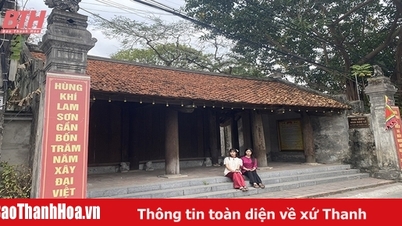
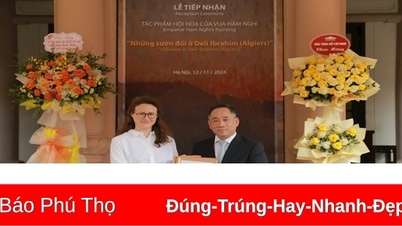
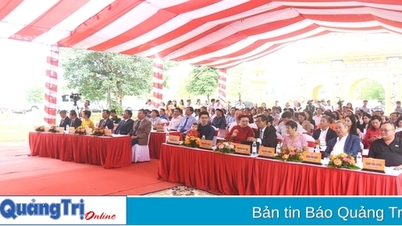
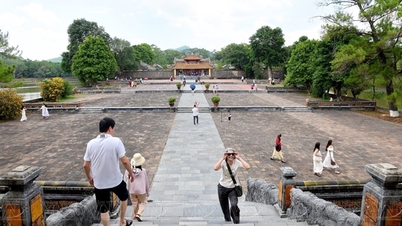








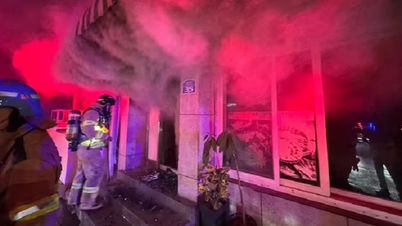













![[Photo] General Secretary To Lam attends the opening of the 1st Government Party Congress](https://vphoto.vietnam.vn/thumb/1200x675/vietnam/resource/IMAGE/2025/10/13/1760321055249_ndo_br_cover-9284-jpg.webp)



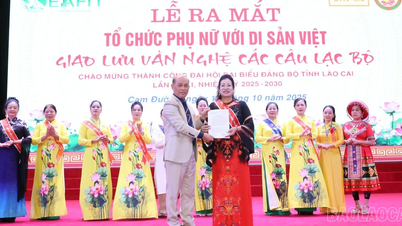

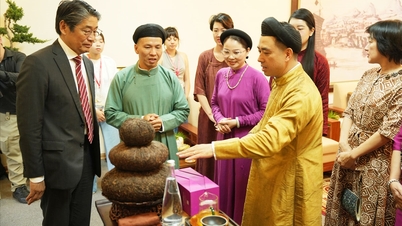







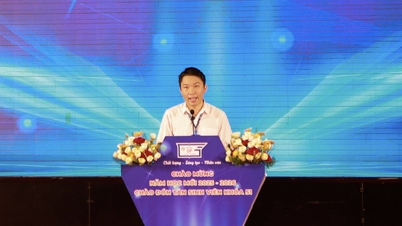





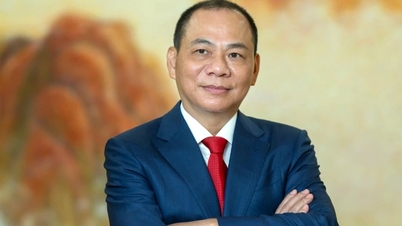




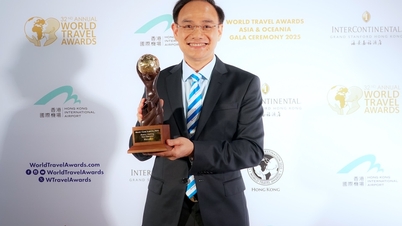



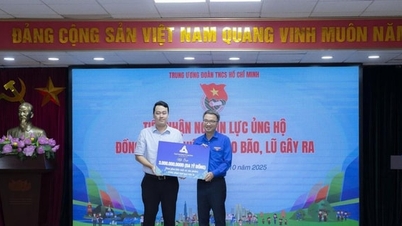

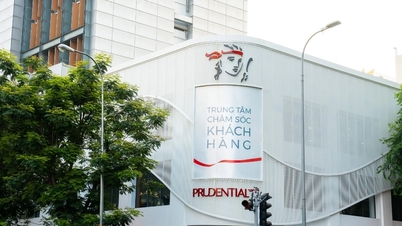











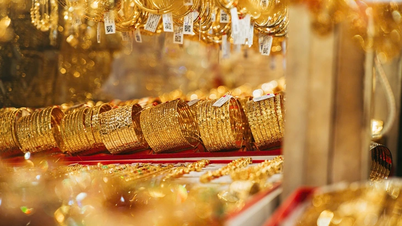




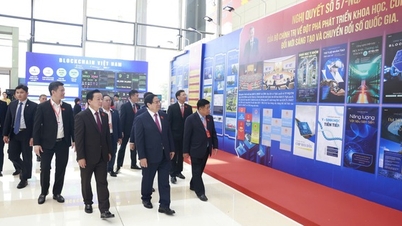
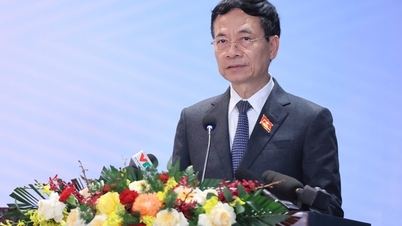



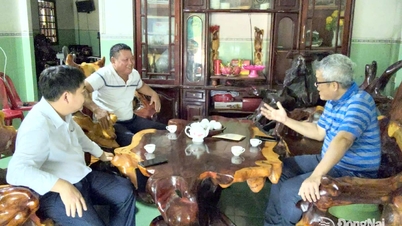





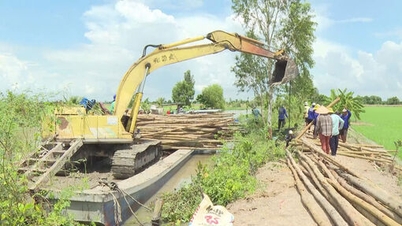



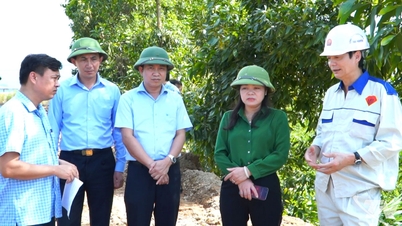













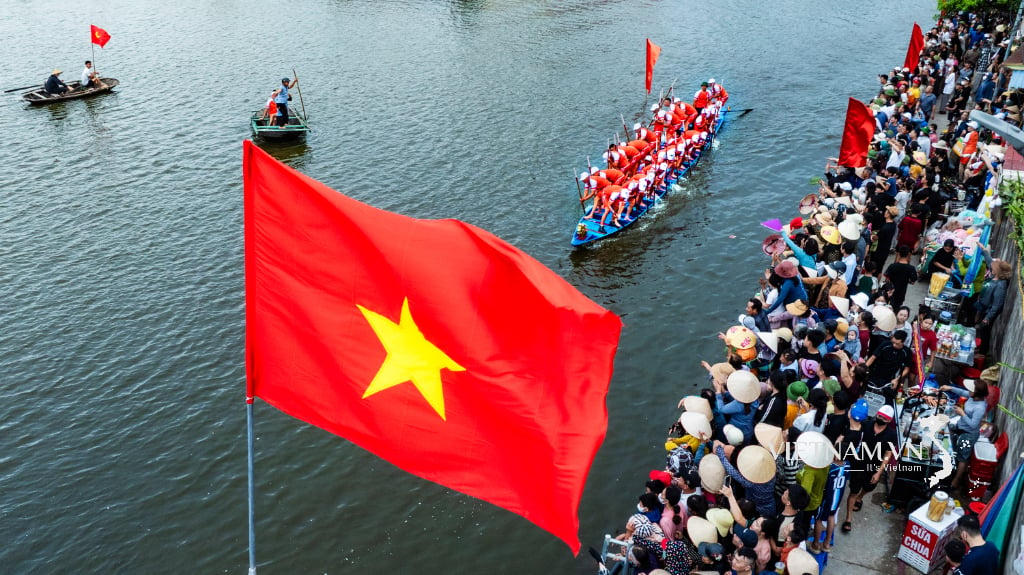
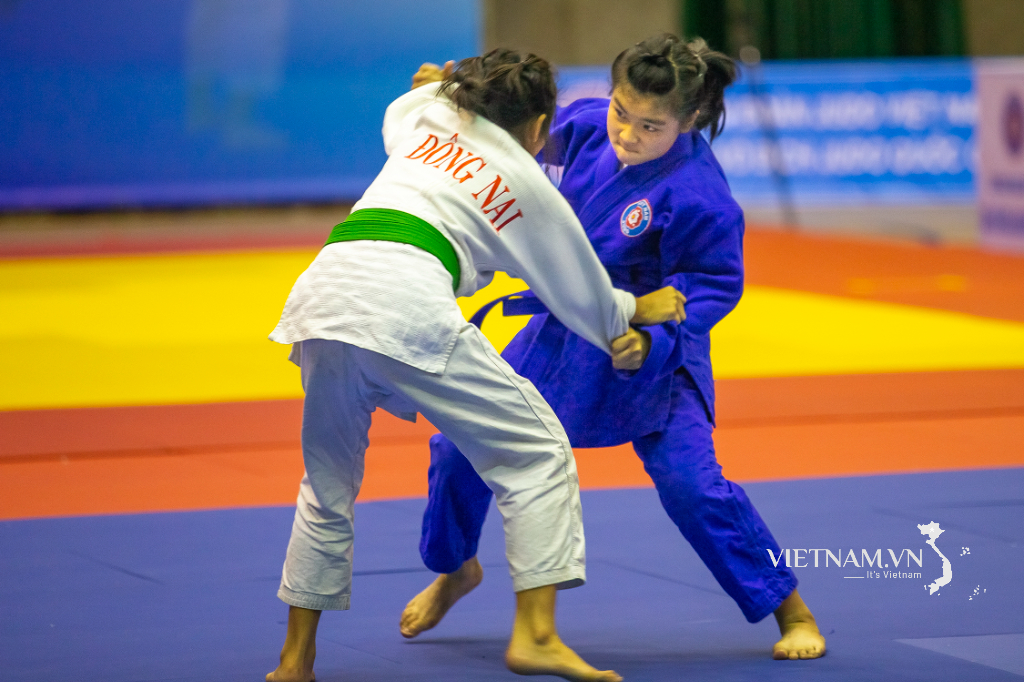
Comment (0)